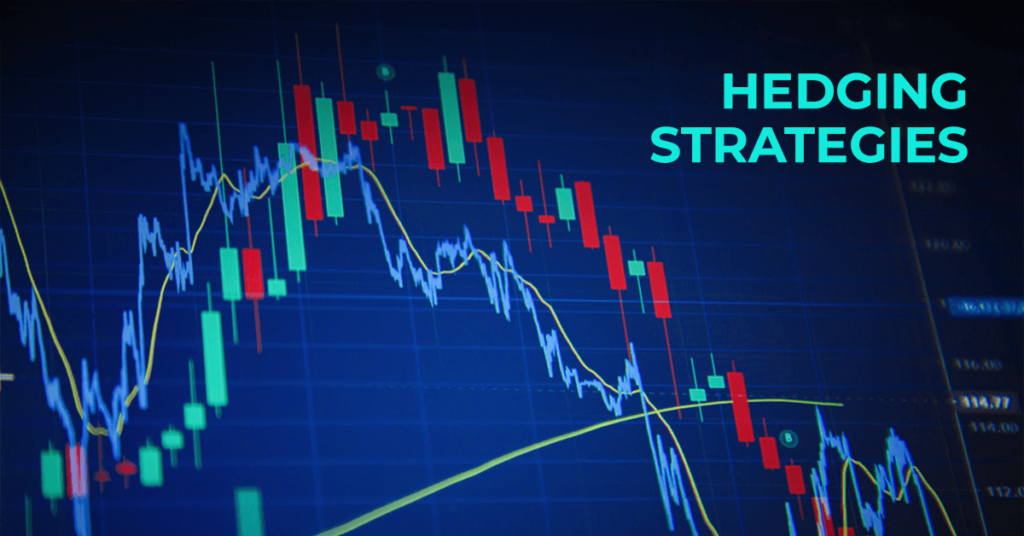
Are you considering trading in the forex market but need help using leverage? Understanding how to use leverage properly can be a daunting concept for newbies. For experienced traders, too, it’s always good to familiarise themselves with the latest developments and best practices when it comes down to leveraging their investments.
In this article, we will discuss what exactly is leveraged forex trading and its potential risks. From calculations of potential returns on investment and what strategies are best suited for using leveraged instruments, we’ll break down all the necessary details that are important in making an informed decision while trading strategically in the foreign exchange markets.
What is leverage?
Leverage is a potent tool to help you reach your goal quickly and efficiently. Leverage allows you to do more with less; it’s a financial concept just as much as the capacity to use something few or small to achieve something big. That could be everything from using credit cards, mortgages, or personal loans to increase buying power and gain access to resources; or leveraging personal contacts in the business.
It’s also the ability to use symbolic influence in situations with no direct economic benefit, such as improving public opinion or changing policy. In short, leverage can make it possible to amplify success beyond anything imaginable. If applied correctly, its potential is practically limitless – and it all starts with a basic understanding of what leverage is and how it works.
What is a leverage ratio?
In forex trading, leverage is expressed as a ‘leverage ratio’. It means that when you open a leveraged position, the amount of money required to secure the trade – your margin – is equal to some percentage of the total size of your position. Depending on the broker and type of account, these ratios can vary from 1:50 or even 1:500.
For example, if you open an order with a leverage ratio of 1:500, you only need 0.2% (1/500) of the total value of your position to open it. Your broker will provide the rest as leverage, known as ‘margin’. It can give traders a massive advantage, allowing them to take more significant positions with relatively small investments.
However, it is crucial to understand that leverage can work for or against you and significantly increase the risk of trading. Therefore, understanding how it works and the risks involved is essential before taking on any leveraged position.
How does leverage work in forex trading?
Leverage enables you to open significant positions in the foreign exchange market without having to commit substantial capital upfront. It allows traders to borrow money from their broker, which they deposit as a margin into their account. When your trade is opened, only a fraction of your total required margin will need to be held to maintain your position; this is known as the ‘maintenance margin’.
The amount of leverage you use is determined by your broker, and it can vary from 1:50 up to 1:500. When trading with high leverage, even a slight market movement can have a much more significant effect on your account balance than if you were trading with lower leverage. It means traders must be prepared to accept more significant losses and potentially larger positions when leveraging their positions in the foreign exchange markets.
What are the risks associated with leverage?
Although leverage can offer traders significant advantages, it also carries some risks that should be considered. When using leveraged instruments such as forex contracts, there is always a chance of losing more than your initial deposit – and in some cases, even more than the number of funds you have available.
It is, therefore, essential to understand the risks associated with leveraged trading before opening a position; especially considering that even small market movements can significantly affect the value of any open positions. As such, it is crucial to ensure that risk management strategies are employed and that stop-loss orders are used as part of a sound money management system when trading with leverage.
How to calculate return on investment using leveraged instruments?
Return on investment (ROI) is an important metric that every trader should know when trading with leverage. To calculate your ROI, you must consider the initial investment and the potential earnings or losses from open positions.
For example, if you have a position with a leverage ratio of 1:500 and you make $1,000 off of it, your ROI would be calculated as follows: ($1000 / (0.2% x 500)) – 100 = 200% ROI. On the other hand, if you incurred a $500 loss, your return on investment would be equal to -50%.
It is essential to understand that while leverage can significantly increase potential returns, it can also significantly increase potential losses. Therefore, understanding and calculating ROI when trading with leverage is essential to ensure that risk management strategies are employed when taking on a leveraged position.



